Edgar Degas - The Art of Drawing in Motion
| Items | Sales | Owners | Volume price | Price | Items for sale |
|---|---|---|---|---|---|
| 441/363 | 441/4 | 441/4 | 57.25/0.32 | 0.09 - 0.5 | 441/359 |
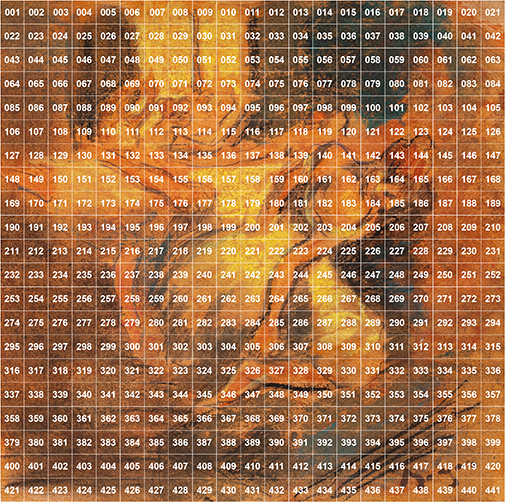
| 1 | 2 | 3 | 4 | 5 | 6 | 7 |
|---|---|---|---|---|---|---|
| 0.09 | 0.125 | 0.16 | 0.195 | 0.23 | 0.5 | Sold |
SPECIAL OFFER!
30% CASHBACK
Customers who purchase 2 or more items from our Edgar Degas collection within 24 hours and before all items are on display receive a cashback of 30% of the cost.
Who was Edgar Degas?
Edgar Degas is probably best known for his paintings and sculptures of pink and white tutus, depicting young ballet dancers, either practicing in the studio or performing on stage. The Parisian born artist became mesmerized by the art of dance, and frequented the Paris Opera and Ballet for inspiration.
Degas sought to capture and convey the aesthetics of movement, so much so that he developed his own technique for documenting movement. For instance, all professional photographers in the modern world use Degas' methods. Specifically, they try to catch the moment when a person forgets that they are being photographed and moves throughout the space in a completely natural way; a candid shot.
It was the natural plasticity of the human body and the surrounding space that Degas tried to convey in his works -- he could apply this concept to horse racing (horses, jockeys and spectators), ballet and simple scenes from life.
To quote Degas in his own words, he once told Paris art dealer Ambroise Vollard, “People call me the ‘painter of dancing girls’. But it has never occurred to them that my chief interest in dancers lies in rendering movement and painting pretty clothes”.
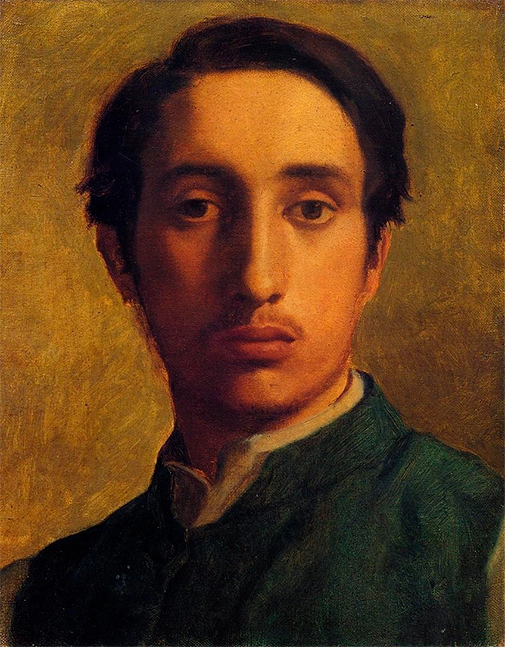
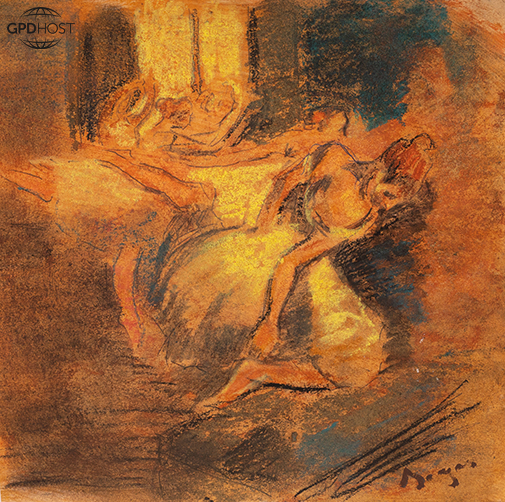
How did Edgar Degas become a painter?
Edgar Degas was born in 1834 to a Creole mother and a French father, who was a successful banker in Paris. Though his passion for drawing manifested itself early, his father expected him to go to law school. As the eldest son, he was responsible for continuing the family business, as was common according to the traditions of the time. Thus, in 1853, he entered the Faculty of Law at the University of Paris; however his law career did not last very long.
Degas got lucky, because though his father had his own set of goals for his son, he also accepted his son for who he was. His father was able to put Degas’ interest in art above his own financial interests and supported his son’s desire to become an artist. Degas was able to paint what he wanted, travel and communicate with other artists in peace. In 1855, Degas enrolled in the École des Beaux-Arts in Paris (The School of Fine Arts).
However, a year later, Degas left his studies to go on a trip to Naples to visit his aunt and her family (the Bellelli family), who were the subject of his first masterpiece (titled The Bellelli Family). He ended up staying with them for 3 years and did not complete his studies in Paris. Instead, he sought to study art with his own eyes, marveling at the masterpieces of Renaissance painting throughout Italy.
Places that inspired artists
The cities of Rome, Naples, Florence are like open-air museums, where everything breathes creativity and culture. Degas immersed himself in the study of an entire universe of art, hoping to mimic the work of medieval architects, sculptors and artists. He would spend hours in museums and galleries studying these great works of art and drawing sketches of them. This real world artistic experience had been so different to what he experienced in Paris, and other cities where he had been before.
It was in Italy, where he first became acquainted with the works of Andrea Mantegna and Paolo Veronese. For him, these artists became an aesthetic ideal for conveying form, meaning and composition. And, of course, Degas was drawn to the paintings of Caravaggio, da Vinci, Titian and Raphael, which all left an indelible impression.
In 1858, Degas met Gustave Moreau, who later became his friend and mentor. It was Moreau who showed Degas the technique of drawing in pastel, which became one of his primary artistic mediums throughout his life. Even in his later years, when he abandoned oil painting, he continued using pastels. The coloristic conveyance of movement and the composition of the drawing were the main points which both Moreau and Degas considered the most important in art.
Though many refer to Degas as an Impressionist painter, he himself rejected that description, preferring to identify his art with the Realism art movement. And it’s no wonder why. Degas achieved a remarkable realism in his paintings -- many of his works are eerily similar to modern photographs. He did not necessarily position the main subjects of his paintings in the center of the canvas. Instead, he tried to convey a candid scene from life, ignoring the norms of fine art of the time and creating new meanings and trends. His early work, a portrait of a Roman beggar woman, is an excellent example of his beautiful technique and a composition unique to the 19th century.
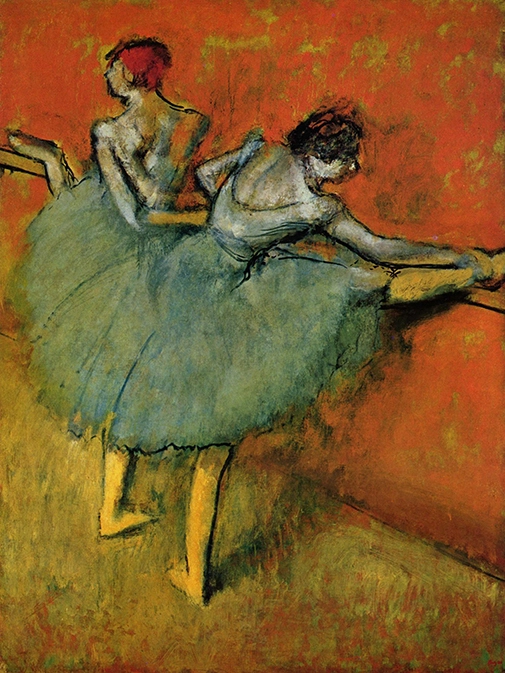
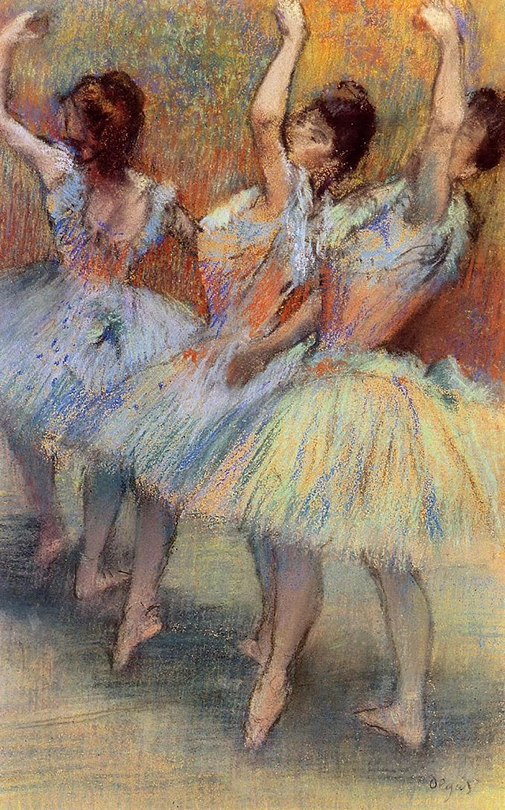
Life and work of Edgar Degas
Another significant example of his signature technique is on display at the Metropolitan Museum of Art in New York. This daringly asymmetrical work of art, titled "Woman Seated by a Vase of Flowers," shows a woman sitting to the left side of a giant vase full of multicolored flowers. At first glance, it may appear that the flowers are the main focus of the canvas, but the woman’s wistful expression is so powerful that she still manages to draw our attention. Degas manages to strike a compositional balance between the flowers and the woman. This artistic masterpiece was painted by Degas in 1865.
On his return to France, he experimented extensively with light and composition. After meeting the students of Eugène Delacroix and Edouard Manet in 1862, he became interested in Impressionism. He helped organize exhibitions and later became a participant in them. His paintings were a regular success at the Paris Impressionist exhibitions.
Throughout his life, Degas suffered from retinal eye disease and lost much of his vision towards the end of his life. However, despite his partial blindness, he continued making art.
During the later years of his life, he mostly made sculptures, and painted with pastels; as mentioned previously, he no longer used oil paint as an artistic medium. However, in 1912, he stopped making art entirely. And, in 1917, he died alone in Paris, aged 83. Degas never married and spent the end of his life exploring the streets of his native city.
Throughout his life, he created many works devoted to dance. Many of them have long been classified as masterpieces, as some of the finest art in the world.
What does the art world have to do with NFTs?
The magnificent works of Degas have become a topic of discussion once more, but this time, in a radically different sphere -- the digital one. While 19th century art and digitalization don’t appear to go hand in hand, with the rise of NFTs, the two have been able to successfully merge. Through blockchain technology, people around the world can own their very own Degas NFT that is uniquely their own.
The NFT craze has helped highlight some of the greatest cultural achievements of our civilization. Specifically, NFTs have helped assist the transition of historical works of art into the digital sphere. Aside from Degas, hundreds of world-famous and critically praised artworks have become digital art NFTs.
Through blockchain technology, users around the world are able to purchase their own unique digital representations of artistic masterpieces. Moreover, people are not only able to collect works of art, but also invest in digital assets that have their own intrinsic value. There are a number of NFT art websites where you can browse NFTs for sale including Opensea and Coinbase.
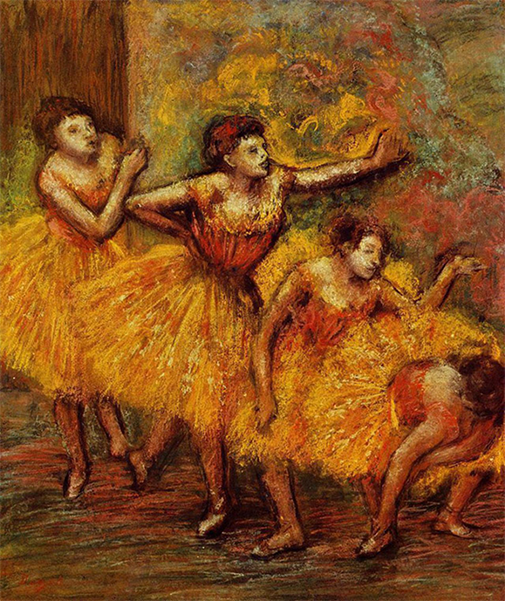
How to buy NFT art coins?
As previously mentioned, the main peer-to-peer NFT marketplaces that allow users to trade, create and buy NFTs is on OpenSea, where you can browse NFT artworks as well as other NFT collectibles.
GPD Host has decided to place an iconic NFT artwork up for sale. We’ve chosen to upload a high-resolution Edgar Degas drawing onto the opensea.io site, splitting it into 441 NFT tokens. We took this step to give everyone a chance to participate in preserving the world's artistic heritage.
The Degas Ballerina drawing is 21 x 21 cm (8.5 x 8.5 inch) square, and each token is a square with a side of 1 cm (1 square centimeter).
At major auctions, Degas drawings done in this manner are valued in the millions of dollars. When you buy NFT tokens, you get a great opportunity to invest in art, bypassing the complicated procedures of auctions, while not risking the loss of the object itself, which is in the state of being permanently imprinted in the blockchain object.
